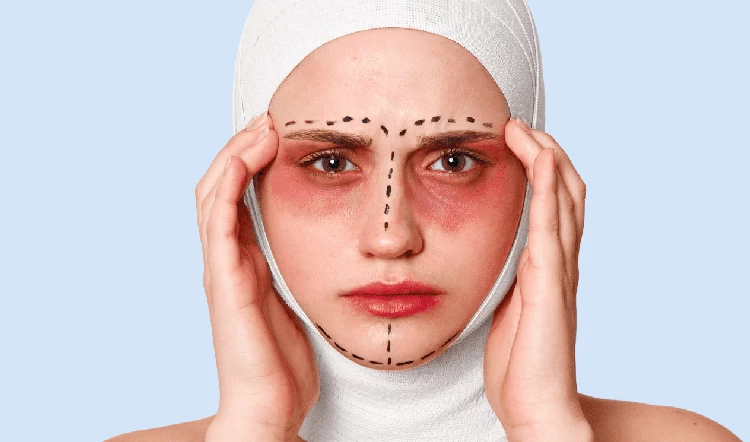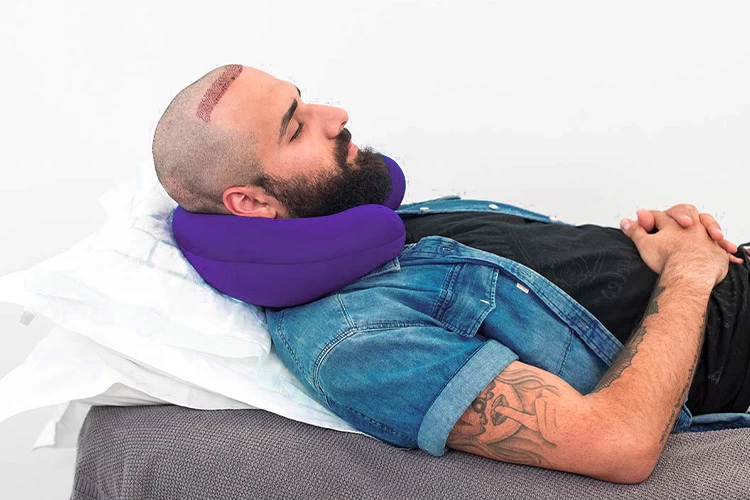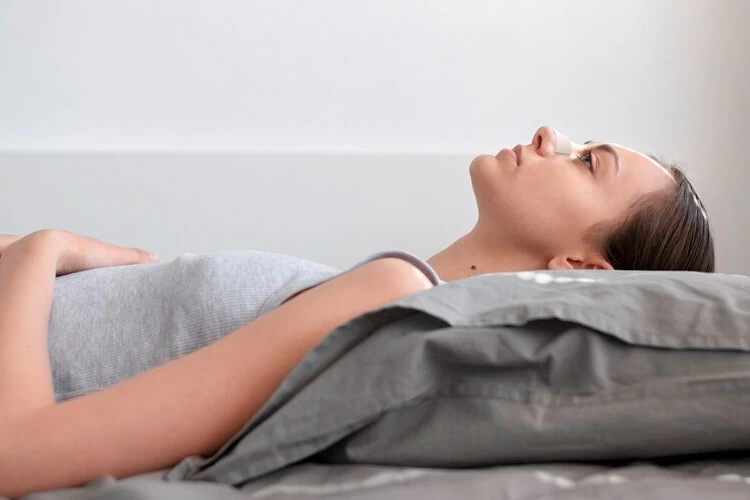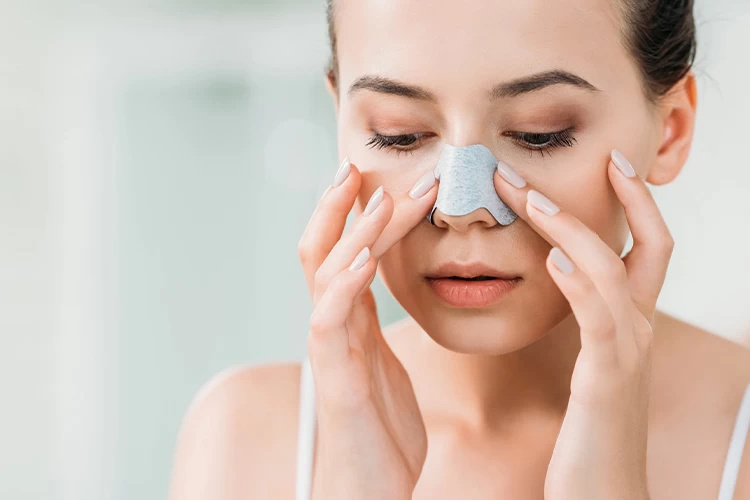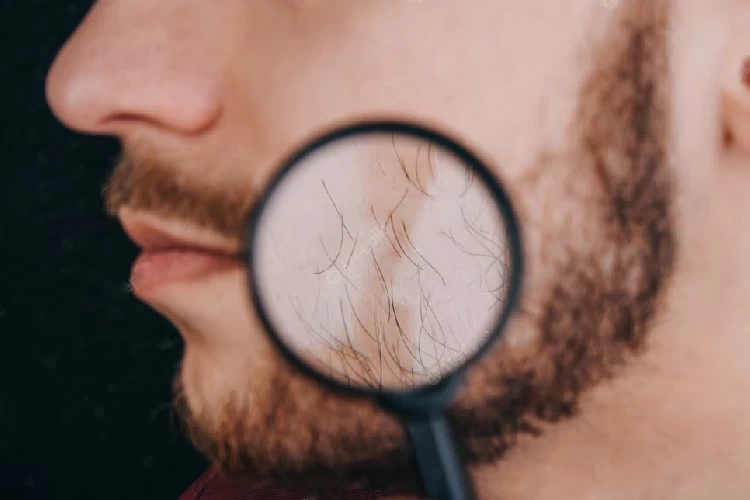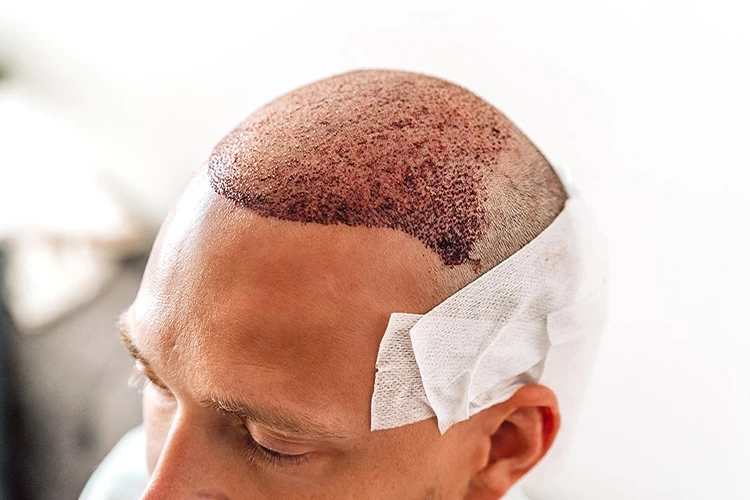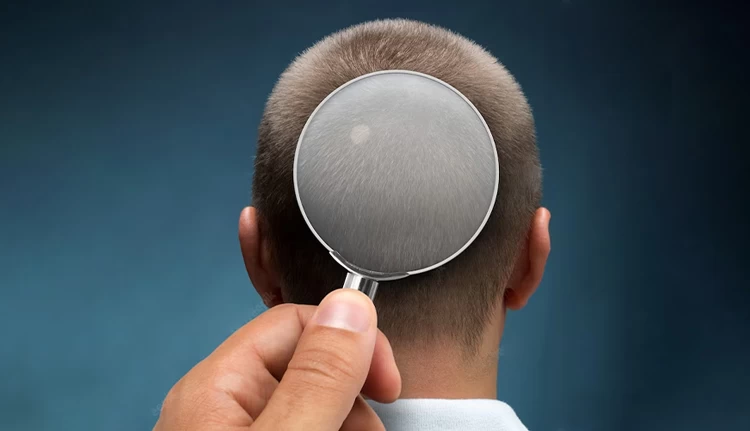During rhinoplasty surgery, some vessels and tissues of the nose may get hurt and cause bruising. Fortunately, bruising after a nose job will be resolved within a month on its own, but you can use a cold compress, drink more water, avoid blood-thinning medications, and have a healthy diet to get rid of it faster.
Both external and internal splints are used to protect the nasal structure and maintain its shape and position. The internal splints are usually removed within 1-2 weeks, while the external ones are removed 48 hours after rhinoplasty. Nasal tampon removal is not painful, but some people may feel pressure when it’s being pulled out.
Sleeping on the stomach or sides after hair transplant surgery may hurt the newly planted grafts and cause hair shedding. Therefore, you should sleep on your back, put two pillows under your head to keep your head elevated and use silk or satin pillowcases to minimize friction. You can return to your normal sleeping routine almost ten days after the operation.
Sleeping after rhinoplasty can be uncomfortable as breathing properly through the nose is hard. To sleep better, sleep on your back and put two pillows under your shoulders to keep your head elevated. It is also suggested to sleep alone to prevent being hit in the face by accident.
You can wash your hair at home 48 hours after hair transplant surgery with proper shampoo and lukewarm water. Gently rub your scalp with your fingertips and massage the donor site with the palm of your hand. Do not use blow dryers and hair products for almost a week, as the follicles are still fragile and soft.
Taping the nose after rhinoplasty is important as it supports the nasal bone and avoids extra swelling. Start taping your nose by cleaning your skin with micellar water and a cotton pad. Then, stick the tape strips on your nose that fixes the nasal cartilage in its new position.
Beard transplant is done using either FUT or FUE method. In both techniques, the surgeon harvests hair grafts from the donor area and transplants them in the beard region. Despite having a short recovery and high success rates, this operation may cause mild bruising, swelling, infection, scarring, etc.
Hair transplant is the most definite treatment for partial and total hair loss. Despite being highly safe, this surgery has some short-term and long-term complications, such as swelling, infection, scarring, bleeding, and formation of folliculitis. Luckily, most of the side effects can be prevented or treated.
In hair transplant, hair grafts are taken from the donor site and are transplanted on the bald area. If these grafts are good quality and the patient treats the underlying issues like hormonal disorders and fungus in advance, the results of this surgery are permanent.
Botched rhinoplasty happens when the surgeon damages the nasal structure or changes its shape adversely. Difficult breathing, having a dent on the nose, low nasal bridge, etc., are the main signs of botched rhinoplasty. Although a bad nose job is uncommon, you can fix it by getting revision rhinoplasty or injecting fillers.
